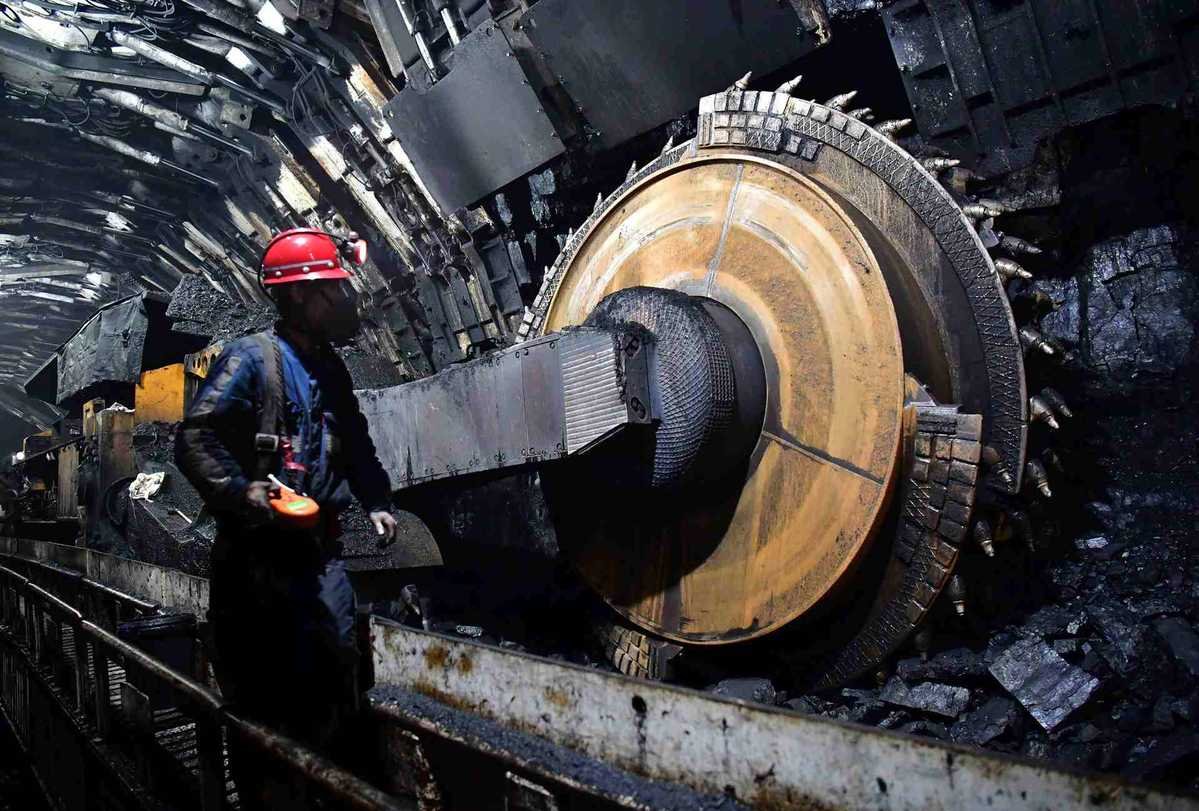China's Resource Security Plan
More than machinery; this is the bottleneck that determines who leads in the energy transition. © Under Licence: Visual China
❮ VSG News
OPINION
China's new mineral law creates a strategic three-layered defense system, challenging Western nations to develop equally sophisticated resource security partnerships and leadership.
★ Article by Arno Saffran, Tue 07 Oct, 2025A Foundation for Security
For years, we in the West have treated mineral security as a theoretical concern - something for policy papers and academic discussions. We've watched supply chains stretch across the globe, becoming more complex and more fragile, while assuming markets would always provide.
China has taken a different view. Their recently revised Mineral Resources Law isn't just another piece of legislation - it's a strategic masterstroke that should serve as a wake-up call for every Western capital.
What China Understands That We Don't
While we debate, China acts. Their new law creates what I call a three-layered defence for mineral security:
First, they're building physical reserves - the obvious stockpiles that everyone understands.
Second, and more cleverly, they're creating production capacity reserves - ensuring they can rapidly scale up output when needed.
Third, they're designating strategic resource areas, essentially keeping their best options in reserve for future needs.
This isn't just about having enough minerals for tomorrow. It's about controlling their economic destiny for the next generation.
The Western Dilemma
Here's what keeps me up at night: we're trying to compete using twentieth-century tools for a twenty-first-century challenge. Our approach remains fragmented between governments and private companies, between nations that should be working together. We lack the strategic coordination that China has built into their system.
The Chinese model leverages state-owned enterprises as instruments of national strategy. While our companies answer to quarterly earnings reports, theirs answer to long-term national interests. This isn't about which system is better - it's about recognizing that we're playing different games with different rules.
A Path Forward
We need what I call Integrated Resilience - a new approach that blends government strategic direction with private sector innovation. This means:
First, we must create real strategic partnerships with resource-rich nations, built on shared value creation rather than simple extraction.
Second, we need to develop our own version of strategic reserves, but adapted to our democratic systems and market economies.
Third, and most importantly, we must invest in the human capital that can navigate this new landscape - leaders who understand both geopolitics and commercial realities, who can build bridges where others see only barriers.
The lesson from China's move is simple: mineral security is national security is economic security. They've connected these dots. The question now is whether we will do the same, before it's too late.
References
Tang Zhengguo, GEMD, Ministry of China GOV.CN
International Energy Agency, The Revised Mineral Resources Law, September 2025
Source: International Energy Agency
How relevant and useful is this article for you?
★ ★ ★ ★ ☆ 12
ABOUT THE AUTHOR(S)
— Arno Saffran
Arno developed his approach through roles in client development (KPMG) and strategic commercial engagement (affiliated with advisories including Hakluyt), focusing on complex industrial and energy sectors.
VSG works across the extractive value chain, positioning people who form the critical bridge to early-stage relationships and commercial access in complex markets.
